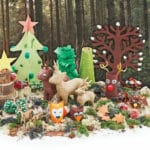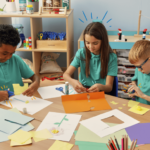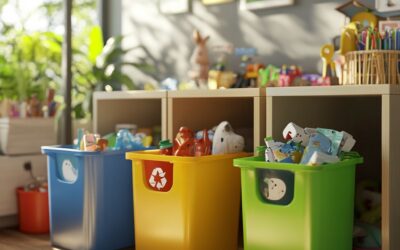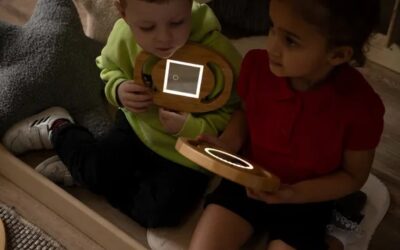Ideas for creating a sensory play tray with loose parts
Although the idea of ‘loose parts’ has been in existence since it was first suggested by architect Simon Nicholson in the 1970s as a way to empower creativity, its integration into the early years sector is a fairly new (and exciting!) phenomenon. The term ‘loose parts play’ simply refers to the use of materials with no specific use, that can be moved, carried, combined, explored, and used to enhance or provoke play. They can be natural or synthetic, big or small and can include items such as: tins and jars, corks, wooden rings, tubes and guttering, crates, pieces of fabric, and natural materials like pinecones, shells etc.
The beauty of loose part play is that there is no right or wrong way to use the materials – they are open-ended, and the possibilities are endless! Through using loose parts in their play, children will learn to be creative, think critically, problem solve and work together as a team, as well as developing in all areas of the early years curriculum!
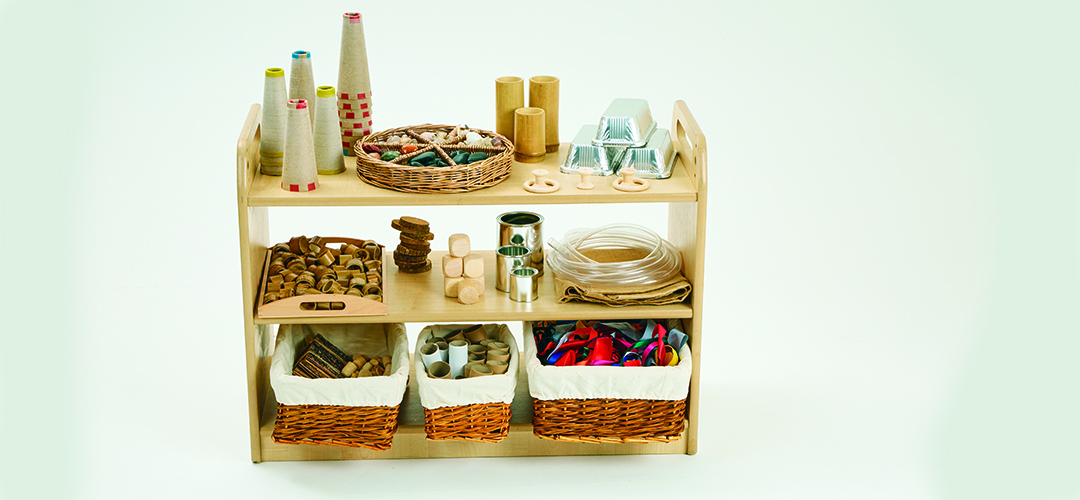
Sensory treasure play tray
Treasure trays or baskets are a perfect way to introduce loose parts play. Providing reflective materials will give little ones the opportunity to play with light and explore their own faces and expressions. Tins and metal spoons make the perfect musical instruments (and are great for sore gums), while sensory bottles provide a plethora of sensory feedback – allowing little ones to explore sound, texture, colour and movement.
To make your treasure play tray:
Place a Mirror Mat inside a shallow tray and select a few reflective objects to place into and around the tray, making sure you don’t overcrowd the space.
You could use:
Metal spoons
Metal bowls
Experimenting bottles filled with shiny or reflective materials
Foil containers or tin foil.
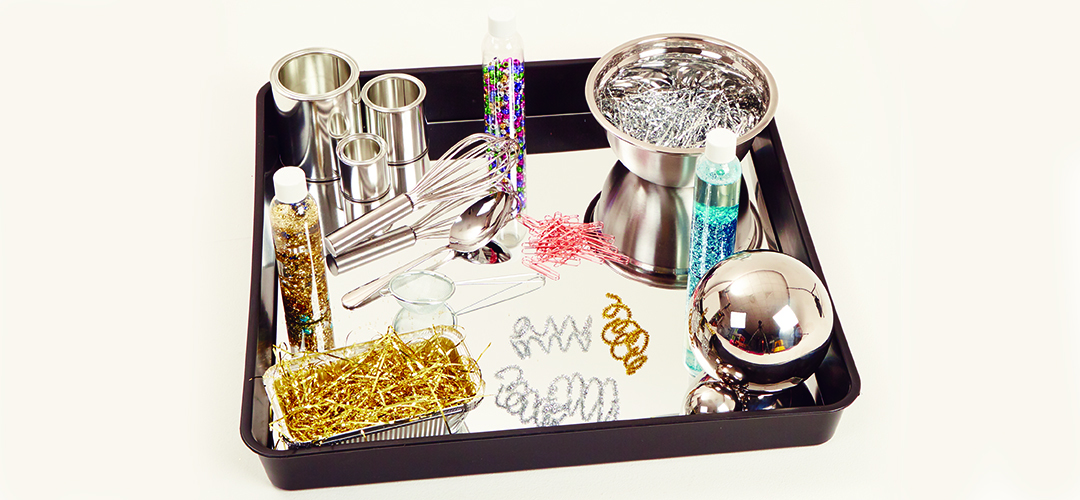
Key language you might use:
- Reflection, shiny, dull, mirror, sparkle, glitter, twinkle
- Body parts: face, nose, eyes etc.
- Sound, noise, listen, loud, quiet, gentle, soft, sharp, dull, crinkle, crunch, shake, tip, squeeze, bang, tap
- See, feel, hear, touch
Looking for supplies? Check out our extensive range of loose parts
*Adult supervision is always required when using loose parts.
By Sophie Pickles from MrsMactivity.co.uk
Related blogs
What Goes In, Must Go Out
Creating a Circular Economy in Your Nursery Author: Nick Corlett Sustainability Manager at LEYF Sustainability is more than a trend—it’s a shared responsibility, and the nursery is the perfect place to nurture these skills. Every day...
In The Dark
Author: Alice Sharp It’s vital that we remember that a three year old’s imagination is just beginning to really develop and they may fear things that aren’t real, such as monsters in the shadows or darkness. Their ability to imagine can make them more susceptible to...
Celebrating being part of a Global Community
Author: Alice Sharp As a young teacher I can remember how much time and effort went into looking at the SHAP Calender. This is a calendar of festivals around the world. We had to try and ensure we celebrated anything relevant but also introduce other festivals from...
